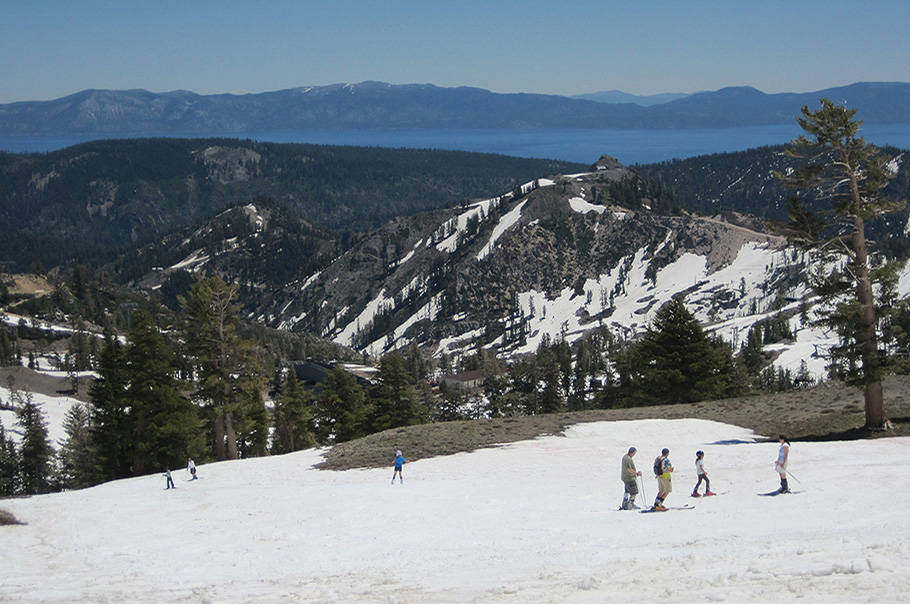The great outdoors. Mother nature gifted us with a near limitless playground and charged us nothing to use it. Even after centuries of evolving recreation and advancement of sports venues, most activities both self-challenging and competitive still come down to a field of grass, a body of water, or a mountain of rocks or snow. The planet made available to us water to swim, waves to surf, mountains to climb, fields to run, sky to fly, and snow to ski. The latter, an element that draws millions to strap wood to their feet and let gravity thrill them, is the basis of a global sports genre and industry that is facing the reality of climate change. Changing local climates are threatening the industry of recreational snow sports and to an extent professional, but let’s focus on the recreation. We can assume snow sports will be around for a long time, but available to who?
Lift assisted snow skiing, preferred by the masses and a gateway for beginners to find their adventure on snow covered slopes, is slowly creeping into an elite exclusive sport and climate change is not poised to change that trajectory for the better. The availability of safe and adequate conditions required for everyone to participate is slowly dwindling. Climate change is forcing historically reliable ski destinations to adjust to a warming winter season to ensure business continuity and profitability. Shifting and shortened seasons, lack of sufficient terrain coverage, and even the extinction of some destinations, has the snow sports industry thinking about how to preserve the availability and accessibility to anyone with the desire to head for the hills.
Although never a sport that could reach everyone like baseball or football, ski hills and resorts have an interest in serving as many consumers as possible no matter the skill or demographic; much like golf has worked to break the hold of a narrow customer base and ensure growth in diversity and replenish those retiring from the sport. Beginner programs, off-peak pricing, and other various outreach has enabled the average consumer to spend a few days in the mountains to get their fix. But ultimately simple economics will prevail, and the steady increase in demand has put even discounted lift tickets out of reach for many. Throw in the challenge of decreasing supply, the expense of skiing a weekend with the family will surpass that of a cruise to the Bahamas.
The 2022 Winter Olympics in Beijing may give us our biggest clue to the solution most of our ski destinations will be investing in. Although not the first Olympics to use artificial snow, it is the first to use 100% artificial snow. To host the winter games in a place where the average temperature does not fall below freezing, a large snowmaking effort with demanding energy and water requirements was required. For the usual ski destinations, snowmaking has been and will be a supplemental exercise. However, the amount of artificial snow required will increase, raising concerns about energy usage, carbon footprint, and in many areas with increasing drought challenges, the amount of water needed. Ski resorts will face balancing decisions between making available a longer ski season with quality snow and safe terrain with environmental and community impact.
New Hampshire, home to Weather Source and a snow sport destination to greater New England, is coming to grips with climate change’s impact on an important industry to one of the least populous states bringing in much relied on tourism dollars to local economies. Rising average temperatures lead to increasing rain and less snow, leaving unfavorable, even dangerous ski conditions. For businesses, snow cover lasting two months is about as useful as a lake popular for boating drying up by July.
It’s not fun to watch an industry that brings so many good times and great memories to so many people becoming accessible to fewer. Hopefully innovation and planning will preserve one of the few reasons to welcome a blizzard. Powder to the people!



